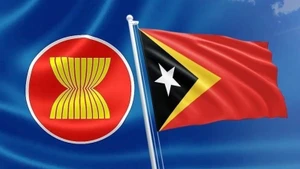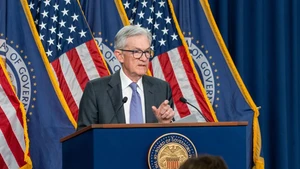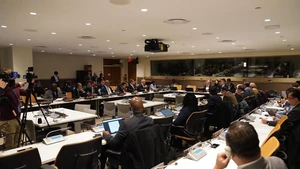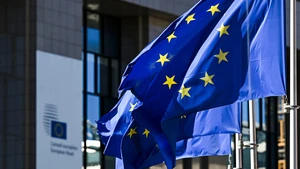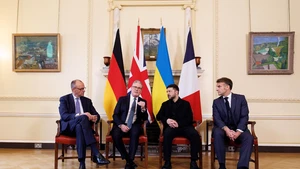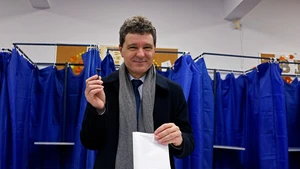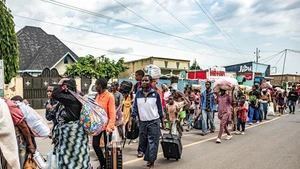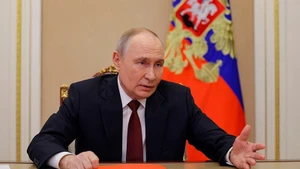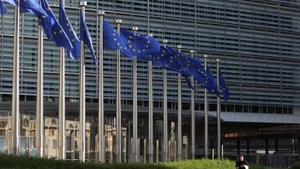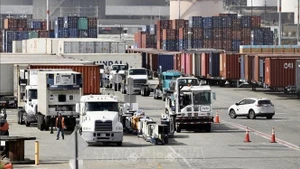Visa policies guide the flow of talent in the knowledge economy. The more flexible the visa policy, the more favourable it is for businesses to attract high-quality international human resources to innovate, improve productivity, attract foreign investment and increase competitiveness. Up to 60% of Finland’s patents in 2021 came from foreign workers, demonstrating the key role of international talent in innovation.
Soon after the US increased the fee to 100,000 USD for each H-1B visa application to protect the domestic labour market, the UK launched a new plan to attract top scientists, from reducing fees or exempting visas, easing procedures to creating more favourable conditions for scholars and digital experts.
Meanwhile, Canada lowered its Comprehensive Ranking System benchmark to open the door to high-quality human resources, and is considering restoring a visa programme that made waves in 2023, allowing H-1B holders in the US to move to Canada for up to 3 years.
For India - a country that accounts for 71% of US H-1B visas issued in 2024, the new US visa policy encourages New Delhi to limit the “brain drain”, promote self-reliance, expand innovation centres and reduce dependence on the US market, which can turn the world’s most populous country into a global technology hub, instead of just a “human resource incubator” for the world.
The Middle East has expanded its residency pathways by offering a variety of long-term visas for skilled professionals from various industries, including the United Arab Emirates’ (UAE) 10-year golden visa, Saudi Arabia’s premium residence visa and Qatar’s specialised residence permit.
In Asia, China has been applying the K visa since October 1 to young talents in STEM fields (science, technology, engineering, mathematics), in parallel with the R visa still for experts in the fields of technology, education, healthcare, energy.
The Republic of Korea is not out of the game, implementing the first-class F2 visa since April 2, for experts in the fields of artificial intelligence, quantum technology, semiconductors, aviation, robotics, biology, etc.
In Southeast Asia, Singapore and Malaysia quickly adjusted their policies. Singapore raised the salary standards for foreign senior experts from 2025, and at the same time refined special visas such as Tech.Pass or ONE Pass to balance the benefits, both opening the door to leading international experts and protecting domestic workers.
Malaysia in 2024 reformed the “Malaysia My Second Home” programme to attract international talent and investors, and implemented high-tech initiatives, especially the largest integrated circuit design park project in Southeast Asia in Kuala Lumpur, which offers visa-free incentives for global technology companies.
Indonesia launched in July 2024 a golden visa programme that allows foreign investors, experts, world-class figures as well as former Indonesian citizens and their descendants to reside in the country for 5-10 years, with many incentives such as airport-based processing, convenient immigration services and legal guarantees for investment. To date, the “thousand-archipelago” country has issued more than 1,000 golden visas to investors from 61 countries, with a total investment value of more than 2.8 billion USD.
The battle for talent is a trend closely linked to global economic operations. Experts say that this is not only a competition for labour but also a geostrategic race. In strategic supply chains such as semiconductors, clean energy, electric vehicle batteries or vaccines, talent is the “heart” of operation, playing a role that surpasses investment capital and infrastructure. The country that attracts more talent will have superior strength, not only in terms of economy but also in strategic capacity. A “smart” visa policy to attract international talent will contribute to opening up a future for the country to develop quickly and sustainably.

